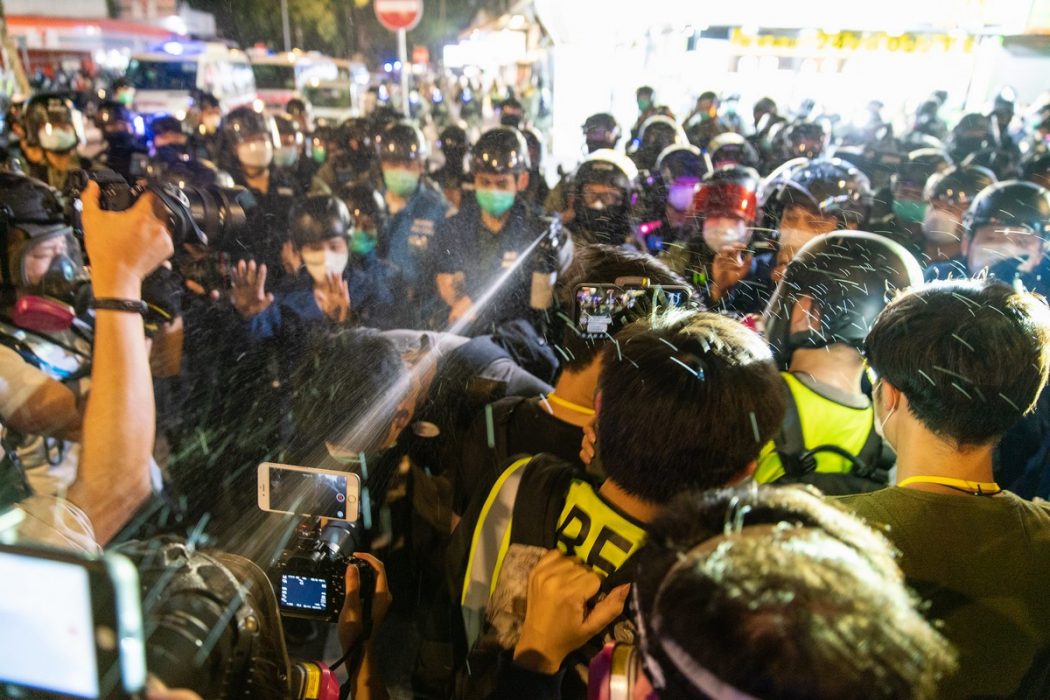Journalists who covered last year’s citywide protests in Hong Kong have developed a wide range of health issues after frequent exposure to tear gas and other crowd control weapons, a survey has found.
Among the 230 journalists surveyed during last October and November, 94 per cent of the respondents said they had been exposed to the use of crowd control gear by police. Two-thirds said they came into contact with the weapons at least once a week from June 2019 onwards. The early findings were presented at the Annual Conference of the International Society for Environmental Epidemiology on Monday.

Last June, large-scale protests erupted in the city over a now-axed extradition bill. The demonstrations later morphed into a wider pro-democracy movement, which often descended into violent displays of dissent against the police force and anger over Beijing’s encroachment.
According to the study, about 95 per cent of the journalists said they had been exposed to tear gas, while around 50 per cent had been pepper sprayed and exposed to water cannons. Forty-three respondents said they had been stuck by tear gas canisters and 35 people said they were hit by rubber bullets.
The panel study conducted by health experts from Hong Kong and UK universities found that, despite the use of respirators with chemical filters, around 30 per cent of frontline reporters experienced respiratory symptoms such as a cough, burning throat and breathing difficulties.

“Journalists have been exposed to a large number of crowd control weapons and reported a wide range of symptoms or injuries across multiple body systems despite the use of protective gears,” the report stated.
Over a quarter of journalists reported they had diarrhoea, while six per cent of them had vomited after being subjected to crowd control weapons. Around one fourth said they faced female reproductive problems, namely disruption to their menstrual cycle.
The respondents also reported mental health issues, with 70 per cent showing symptoms of moderate or severe depression.
“Exposure to batons is associated with excess risks of severe or very severe anxiety, depression and stress,” the researchers wrote.

In April, police revealed to the Legislative Council that as of February, they had fired a total of 19 live rounds, 16,191 tear gas rounds, 10,100 rubber bullets, 1,880 react rounds, 2,033 bean bag rounds and 1,491 bottles of pepper spray when handling the large-scale unrest.
The research team, which included local respiratory medicine expert David Hui from the Chinese University of Hong Kong, said their study faced difficulties in recruitment which resulted in a small sample size.
The experts pointed out the study reflected complex exposure assessed through self- reporting, and they had not been able to do much follow-up work owing to privacy concerns. They also cited “government oppression” as a challenge to their research.
